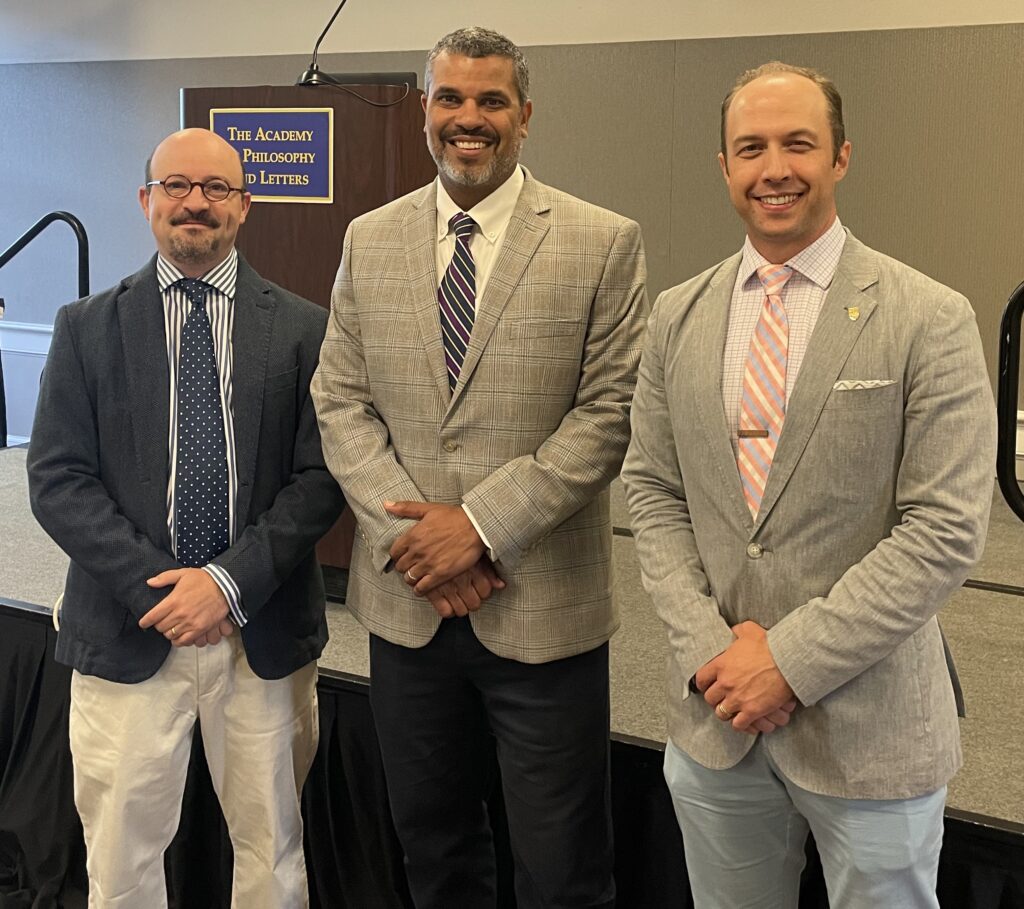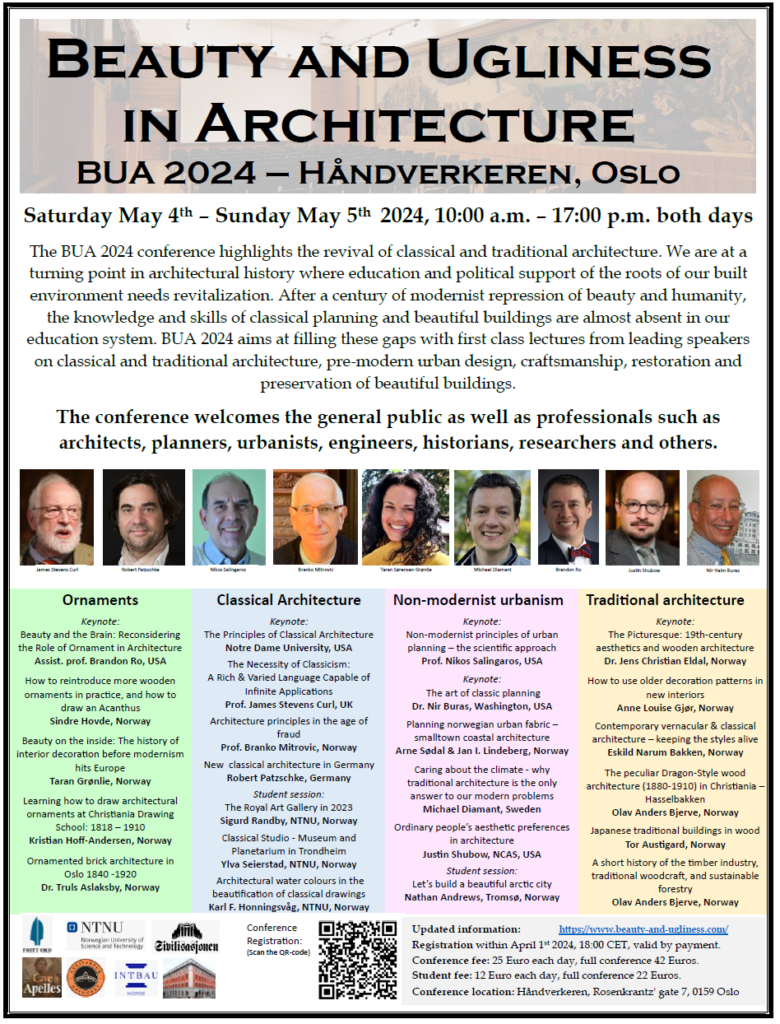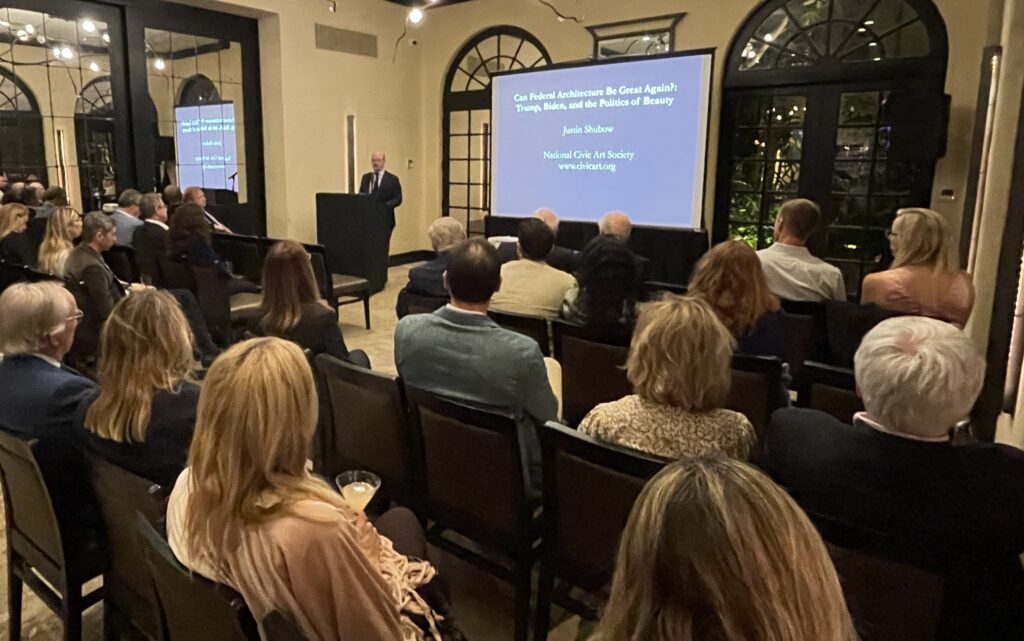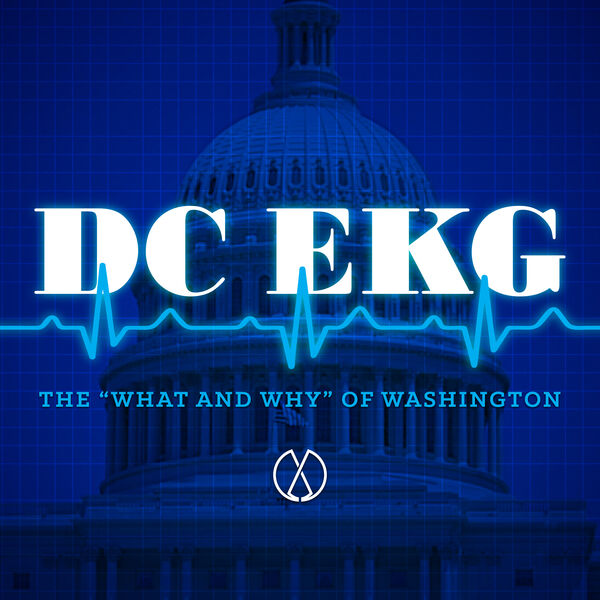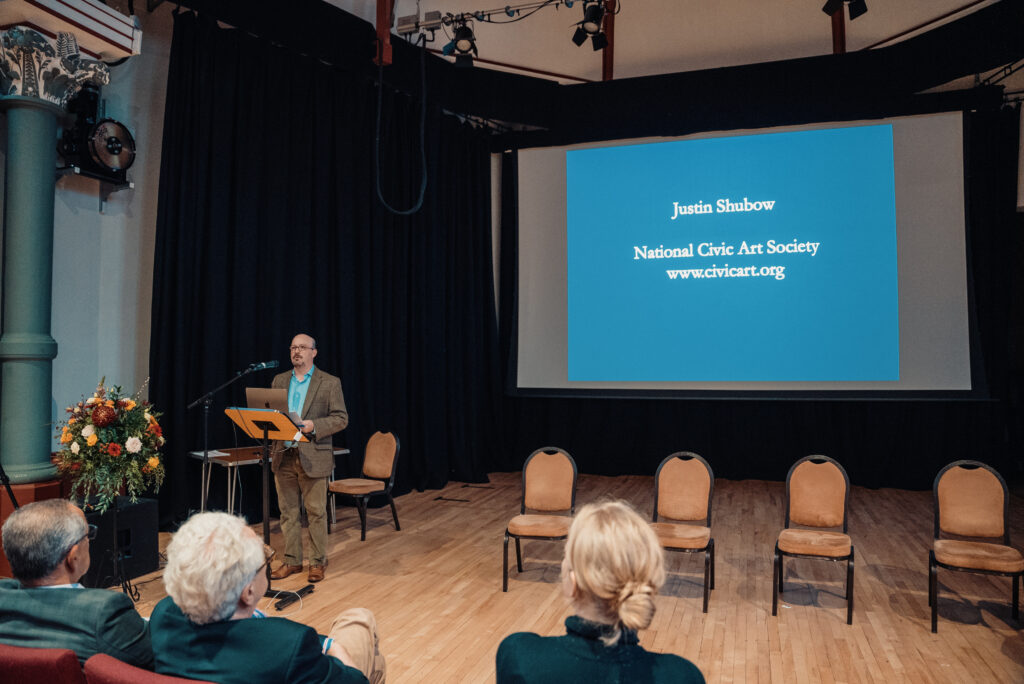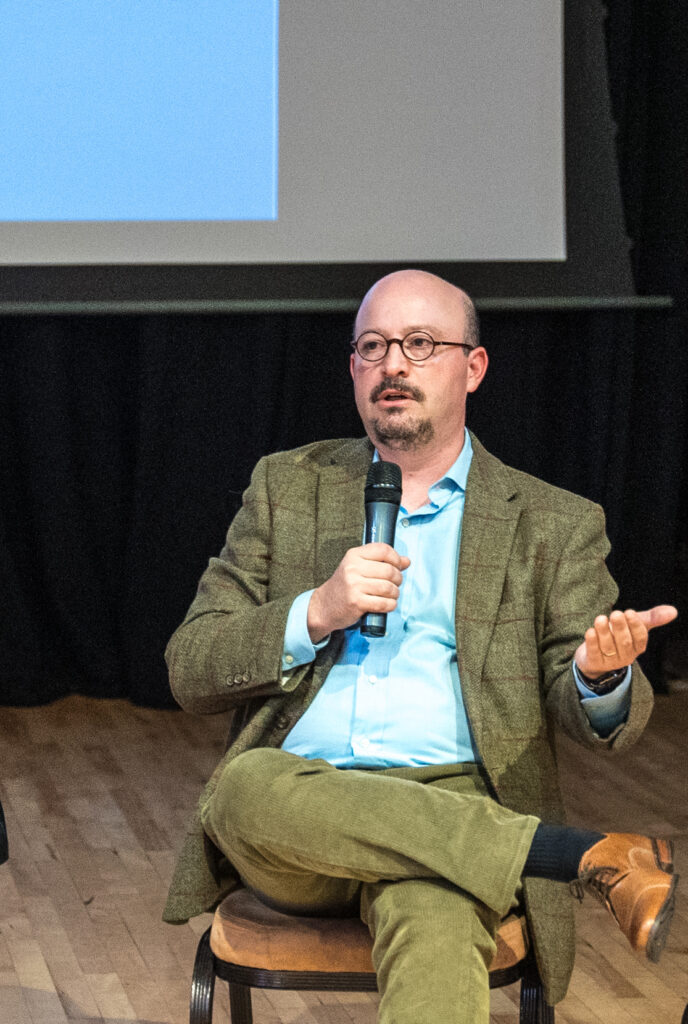On July 10, 2024, I gave a talk on “How We Turned the Tables on Modern Architectural Eyesores” at the National Conservatism conference in Washington, D.C.
I discussed policy regarding federal architecture, including President Trump’s Executive Order that re-oriented federal architecture from Modernism to classical and traditional design. I said:
Although the Executive Order was rescinded [by President Biden], it has led to a major welcome development. Thanks to the leadership of Senator Marco Rubio and Representative Jim Banks of Indiana, there is now pending in the House and Senate legislation titled the Beautifying Federal Civic Architecture Act. The legislation would essentially codify Trump’s Order and requires even more strongly the inclusion of public input. There are eight Senate co-sponsors so far, including J.D. Vance, Mike Lee, Roger Marshall, and Bill Hagerty. And there are eight co-sponsors in the House, including Elise Stefanik. Fox News gave the legislation good coverage, and Bloomberg reported, “what was once a fringe campaign to restore classical aesthetics has grown into a mainstream revolt.” Demonstrating its support for the legislation, The Wall Street Journal published an op-ed by my organization titled “Government Buildings Don’t Have to Be Ugly.”
There is still more momentous news. I just learned that the 2024 GOP platform states that “Republicans will promote beauty in Public Architecture and . . . build cherished symbols of our Nation.” The platform also calls for making Washington, D.C. the most beautiful capital city. But for Trump’s Executive Order, this never would have happened.
You can watch the video of my talk here.



